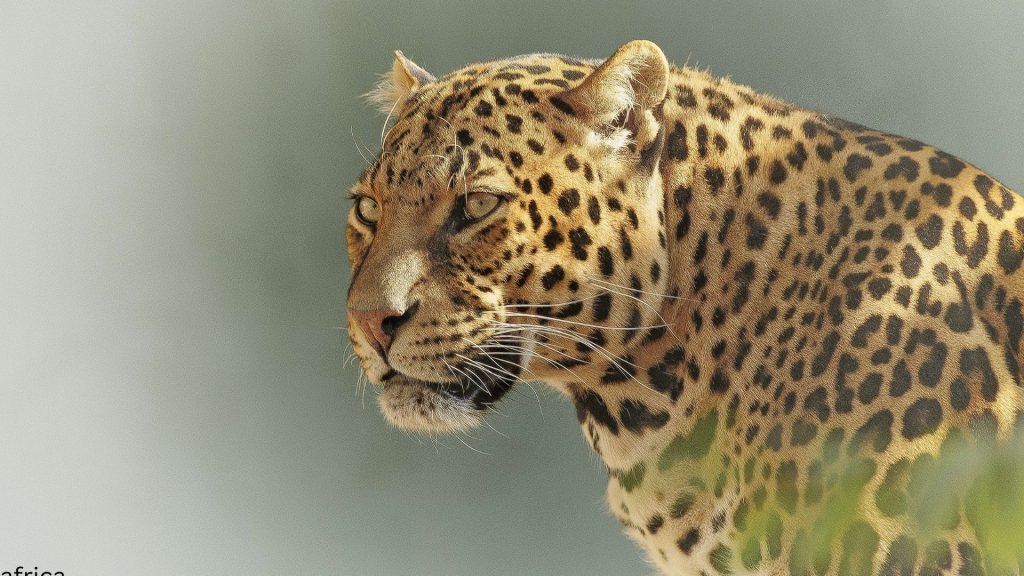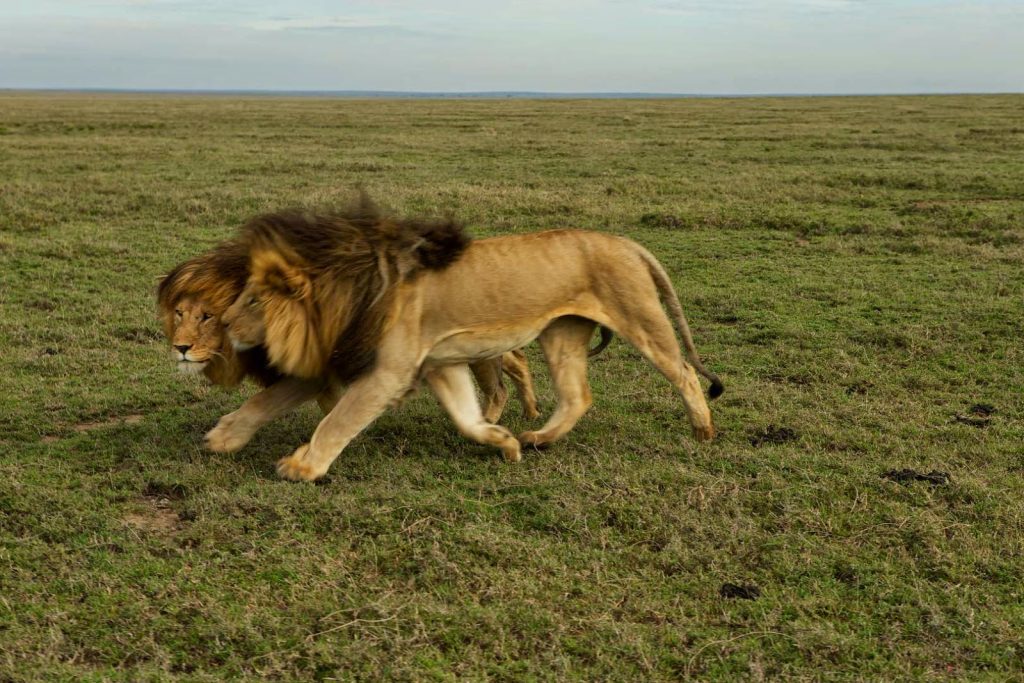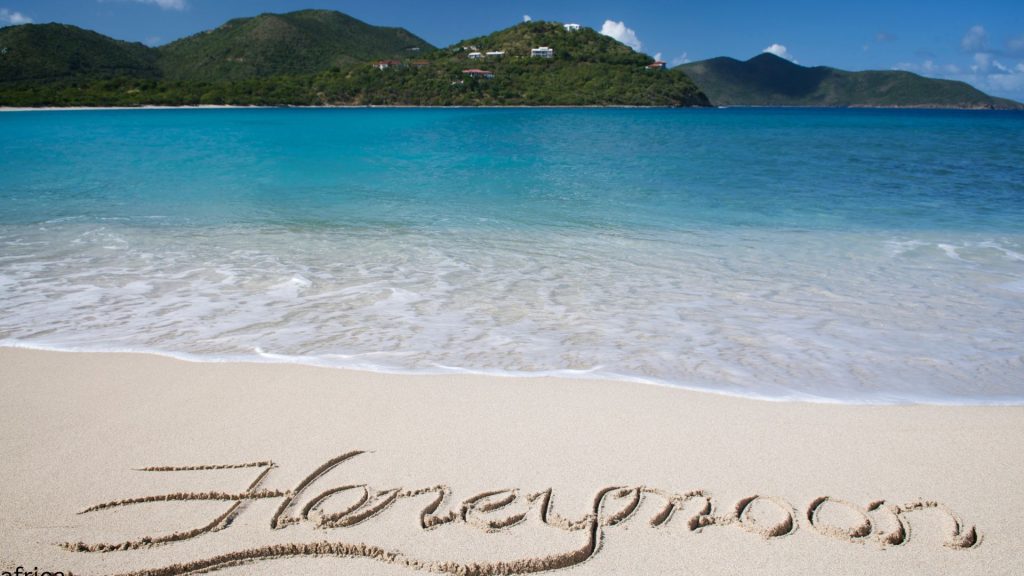Tanzania Safari in July
Tanzania in July
The dry weather condition in Tanzania in July makes it a great time to tour Tanzania to witness the Great Wildebeest Migration, explore the breathtaking Ngorongoro Conservation Area, climb Mount Kilimanjaro, and more. As July falls in the middle of the high tourist season in Tanzania, tour and accommodation rates could be a bit on the expensive side. That said, the country is in its prime around this time of year. Travelers will get to enjoy all the high-season perks and facilities in Tanzania in July.
July in Tanzania is an excellent month for a safari, mountain trek and tropical beach retreat. It is the dry season, which begins in June and ends in October. Consequently, the weather is fantastic, with pleasant temperatures, low rainfall and humidity. Wildlife viewing in Tanzania in July is at its best, as the drying landscapes and scarce vegetation force high concentrations of wildlife to reside near permanent water sources, increasing the likelihood of great sightings.
Weather in Tanzania in July
Tanzania has a tropical climate due to its proximity to the equator. As a result, there are no summer and winter seasons. Instead, there are two dry seasons and two rainy seasons.
July is ideal for a mountain trek, safari, or beach getaway throughout Tanzania. It is the second month of the dry season and arguably one of the best months to visit Tanzania. The long rains occur from mid-March to May, turning the landscapes green. By July, the dry weather begins to turn the landscapes from green to gold, making it a beautiful month to be in Tanzania’s wilderness.
Temperatures are lowest at the beginning of June, the start of the dry season. As the months go by, temperatures slowly rise month after month. In July, the temperatures are mild and pleasant. However, early morning game drives will feel cold, requiring a warm layer of clothes to keep you warm.
Remember that temperatures can be ten degrees colder if you have a high-altitude destination on your itinerary. For example, if you are visiting the Ngorongoro Crater, the world’s largest unbroken caldera, you will stay overnight on the crater rim, 2200m above sea level. At this altitude, frosts are not unheard of.
Average temperature in Tanzania in July
Tanzania has a pleasant tropical climate, but temperature variations are based on the region and altitude. In July, the average maximum temperatures range from 20°C (68°F) to 30°C (86°F). The southern parks and coastal areas experience higher temperatures, while the northern parks are cooler. Mornings and evenings can be surprisingly cold, so it is recommended to pack warm clothes for game drives and sitting around the fire at night. At higher altitudes, temperatures can drop dramatically, sometimes reaching zero degrees. The following section provides a packing guide for a Tanzania experience in July.
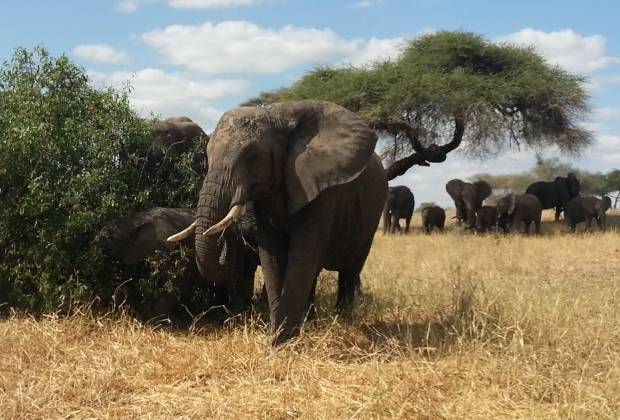
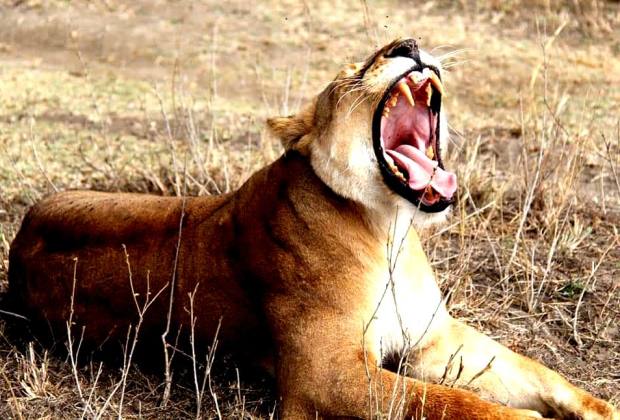

What to Bring July
When visiting Tanzania in July, it is essential to bring light, breathable clothing, and sun protection. Pack comfortable shoes for walking and hiking. Sunscreen and insect repellent are also essential. In addition, it is important to carry a reusable water bottle to stay hydrated in the hot weather. If you are planning to go on a safari, bring binoculars to view the wildlife better. A small flashlight would be helpful for early morning or evening activities.
A visit to Tanzania in July is a decision you won’t regret making. The East African country has a lot to offer its visitors, from wildlife viewing and outdoor activities to cultural immersion and relaxation. There are several activities to keep you engaged.
Reach out to our local travel experts to plan a customized trip to Tanzania.
Is July a good month to go on safari in Tanzania?
July is one of the best months for a Tanzanian safari, with perfect conditions for wildlife viewing and witnessing the wildebeest migration. However, July is a popular month for Tanzania’s northern parks. Sightings of the Big Five and the Great Migration herds attract larger numbers of tourists and safari vehicles.
If you want to visit Tanzania in July, but prefer an experience with only few other visitors around, you can choose a niche park that attracts fewer tourists. Tanzania is home to some of the most abundant wildlife on the planet, offering unique experiences across the country. Moreover, safaris are categorised into northern, southern, and western circuits.
The northern circuit includes world-renowned parks such as the Ngorongoro Crater, Tarangire National Park, and the Serengeti National Park. Exploring the southern and western parks in July will give you a more tranquil experience.

